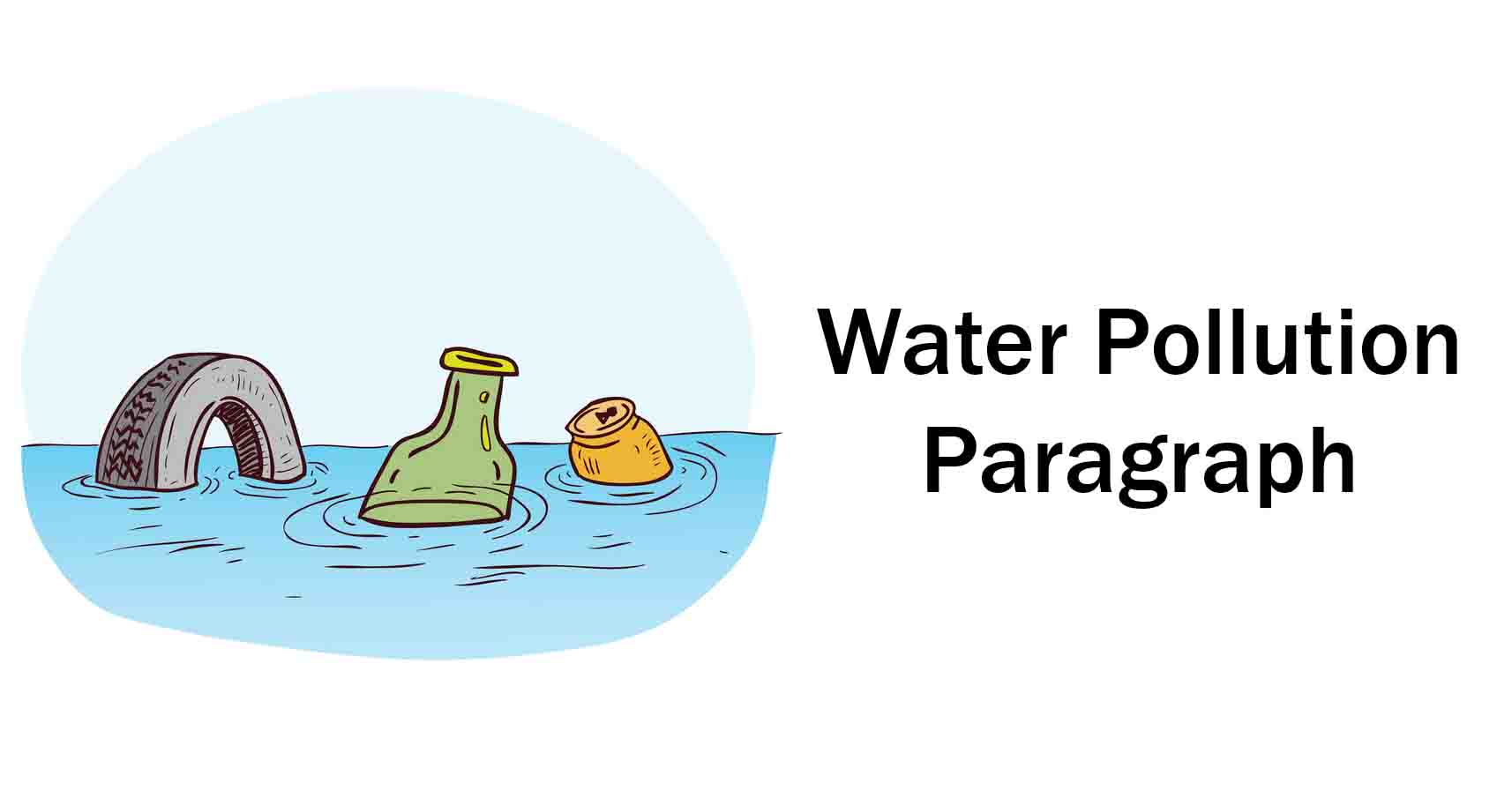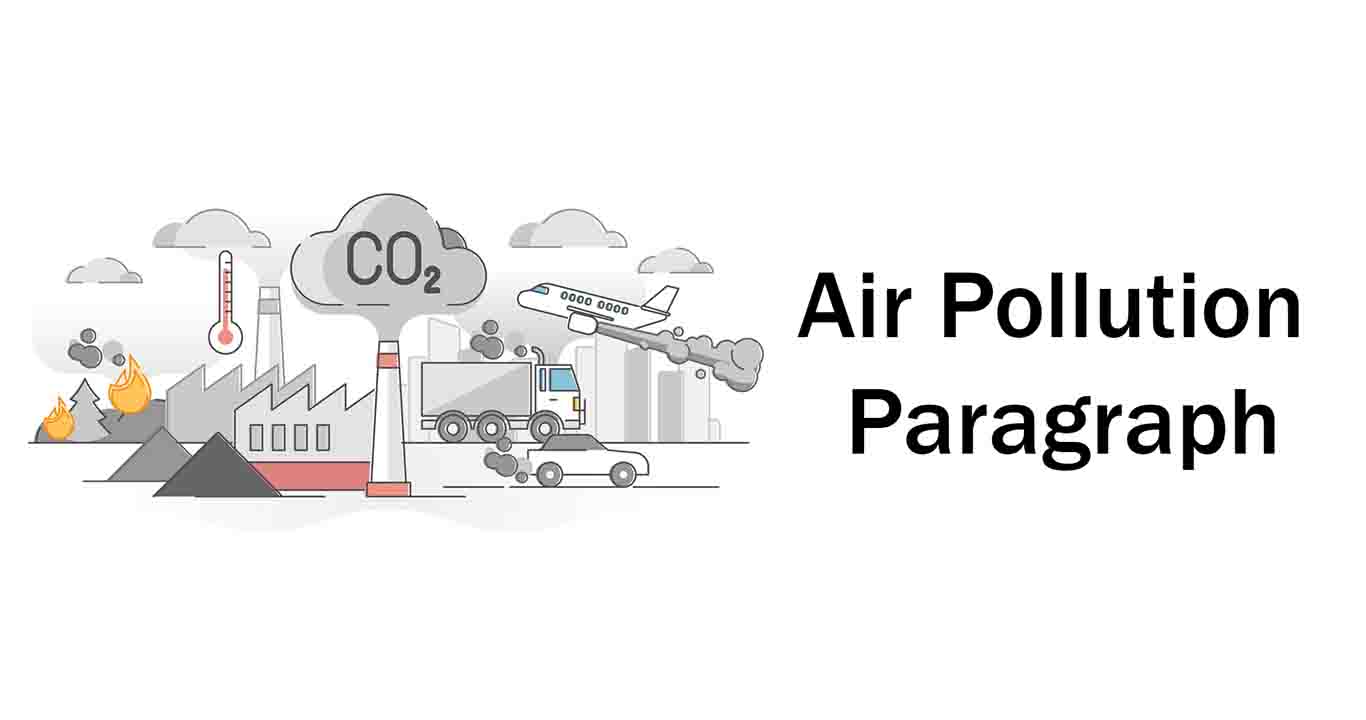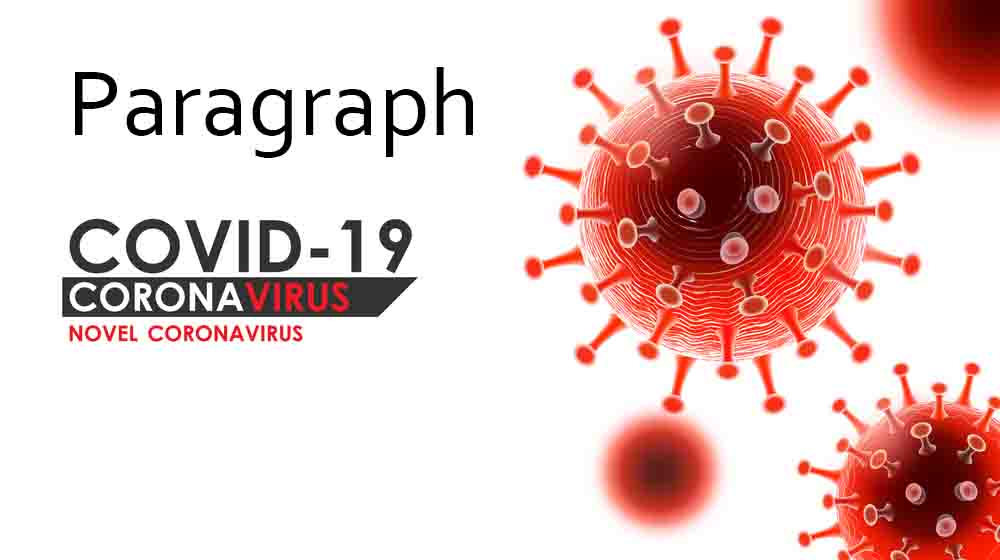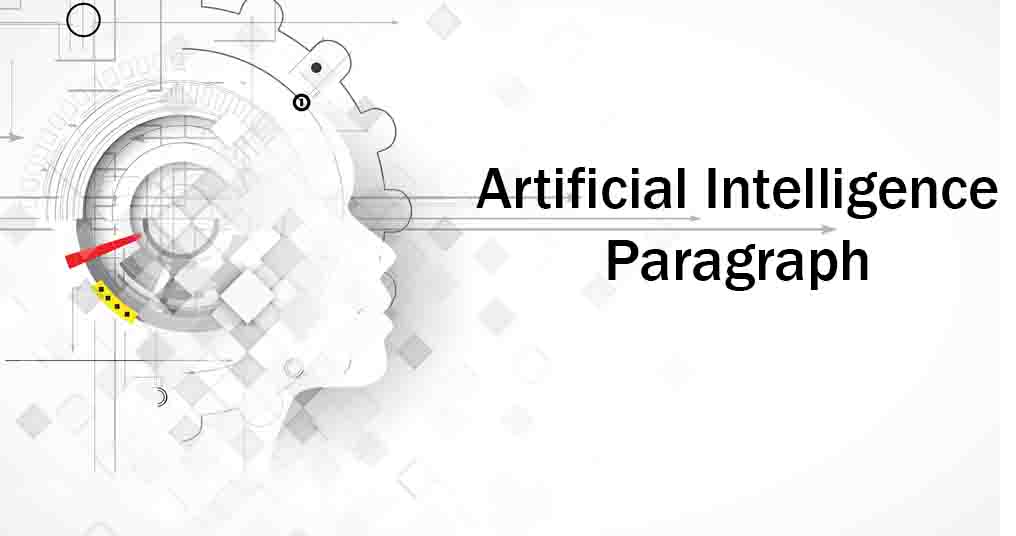Water Pollution Paragraph for hsc, ssc and 100-500 Words

Water pollution can have severe impacts on aquatic life, wildlife, and the natural balance of aquatic ecosystems, and can also result in serious health consequences for humans, including illness and disease. There are many sources of water pollution, and some of the most common include industrial effluent, agricultural runoff, sewage and wastewater, and chemicals used in manufacturing and other industrial processes. These pollutants can affect water quality by increasing toxicity levels, reducing clarity, and altering pH levels.
Water Pollution Paragraph for HSC Exam
Water pollution is a major environmental problem that affects the quality of water and the health of living organisms. It is caused by a range of human activities, including industrial activities, agricultural practices, and the release of chemicals and wastes into waterways. Water pollution has a devastating impact on aquatic life, wildlife, and the natural balance of aquatic ecosystems. It can also have serious health consequences for humans, such as illness, disease, and death. The sources of water pollution are many and varied and include industrial effluent, agricultural runoff, sewage and wastewater, and chemicals used in manufacturing and other industrial processes. These pollutants can have a range of negative impacts on water quality, including high levels of toxicity, poor clarity, and changes in the pH levels of water. This can lead to declines in aquatic life, the death of fish and other aquatic species, and the degradation of critical habitats. The effects of water pollution are widespread and can have a significant impact on the economy and human health. In many parts of the world, water pollution has rendered rivers, lakes, and other bodies of water unsafe for human consumption, which can lead to health problems and water-borne diseases. In addition, water pollution can also damage tourism, recreation, and other important economic activities that rely on clean water and healthy ecosystems. To address the problem of water pollution, it is important to take a comprehensive approach that involves a range of measures, including stricter regulations, better enforcement, and increased investment in cleaner technologies and sustainable practices. These measures can help to reduce the amount of pollution entering waterways and ensure that the water is safe and healthy for all living things. However, achieving these goals will require a commitment from governments, businesses, and communities to work together to protect the world’s precious water resources.
Water Pollution Paragraph for SSC Exam
Water pollution is a significant environmental issue that affects the quality of water and the health of living organisms. It is caused by various human activities such as industry practices, agricultural activities, and the release of waste and chemicals into waterways. The consequences of water pollution are far-reaching and have a profound impact on aquatic life, wildlife, and the natural balance of aquatic ecosystems. Additionally, water pollution can result in serious health problems for humans, such as illnesses, diseases, and death. The sources of water pollution are numerous and include industrial effluent, agricultural runoff, sewage and wastewater, and chemicals used in manufacturing and other industrial processes. These pollutants can negatively affect water quality through high toxicity levels, poor clarity, and changes in the pH levels of water, leading to declines in aquatic life and the death of fish and other species. Water pollution also has severe economic consequences, as it can damage tourism, recreation, and other activities that rely on clean water and healthy ecosystems. In some areas, water pollution has rendered rivers, lakes, and other bodies of water unsafe for human consumption, leading to health problems and water-borne diseases. To tackle water pollution, a comprehensive approach that involves stricter regulations, better enforcement, and increased investment in cleaner technologies and sustainable practices is essential. Governments, businesses, and communities must work together to reduce the amount of pollution entering waterways and ensure that water is safe and healthy for all living things. In conclusion, water pollution is a critical environmental issue that must be addressed through a collective effort. By taking steps to reduce pollution and protect the world’s water resources, we can ensure that future generations have access to clean and healthy water.
Water Pollution Paragraph in 500 words
Water pollution refers to the contamination of water bodies, such as lakes, rivers, oceans, and groundwater, by harmful substances that can harm the environment and the living organisms that depend on it. Water pollution is a significant problem in many parts of the world, and it can have severe consequences for human health and the environment.
One of the primary causes of water pollution is human activity. Industries, agricultural practices, and human waste all contribute to water pollution. For example, industrial waste from factories can contain toxic chemicals that can contaminate nearby water sources. Pesticides and fertilizers used in agriculture can also seep into groundwater and nearby water sources, leading to pollution. Inadequate sewage treatment and disposal systems can also contribute to water pollution, as untreated wastewater can release harmful substances into water bodies.
Another significant contributor to water pollution is plastic waste. Plastic waste in the form of bottles, bags, and other products can end up in rivers and oceans, where it can harm marine life and accumulate in vast patches of floating debris. This plastic pollution can cause harm to aquatic creatures that mistake it for food, leading to digestive problems and even death. Microplastics, tiny plastic particles that are often invisible to the naked eye, can also contaminate water sources and cause harm to marine life.
Water pollution can have severe consequences for human health. Contaminated water sources can spread diseases such as cholera, dysentery, and typhoid fever. Exposure to polluted water can also lead to skin irritation, respiratory problems, and other health issues. Moreover, polluted water can also affect agriculture, as contaminated water can lead to the death of crops and reduce crop yields.
Water pollution also has severe environmental consequences. Contaminated water can harm aquatic life, leading to the death of fish and other creatures. This, in turn, can disrupt entire ecosystems and impact the food chain. Additionally, water pollution can harm bird and animal populations that depend on water sources for their survival. Contaminated water can also harm plant life and reduce biodiversity in affected areas.
Preventing water pollution requires a concerted effort from governments, industries, and individuals. Governments can enact laws and regulations to limit the amount of pollution that industries and individuals can produce. They can also invest in sewage treatment and disposal systems to prevent untreated wastewater from polluting water sources. Industries can take steps to reduce their environmental impact by using cleaner production processes and recycling waste products. Individuals can help prevent water pollution by disposing of waste properly, conserving water, and reducing their use of plastic products.
In conclusion, water pollution is a significant problem that requires urgent attention. It has severe consequences for human health and the environment, and it is caused by human activity. Preventing water pollution will require a coordinated effort from all stakeholders, including governments, industries, and individuals. By working together, we can protect our water sources and ensure a sustainable future for ourselves and future generations.
Water Pollution Paragraph in 150 Words
Water pollution refers to the presence of harmful substances in water bodies that can have adverse effects on the environment and living organisms. Human activities such as industrial waste, agricultural practices, and inadequate sewage treatment and disposal systems contribute to water pollution. Plastic waste is also a significant contributor to water pollution, harming marine life and accumulating in vast patches of floating debris. Water pollution has severe consequences for human health, spreading diseases and causing skin irritation and respiratory problems. It also harms aquatic and plant life, disrupts ecosystems and impacts the food chain. Preventing water pollution requires a concerted effort from governments, industries, and individuals, including enacting laws and regulations to limit pollution, investing in sewage treatment and disposal systems, using cleaner production processes, recycling waste products, and proper waste disposal. By working together, we can protect our water sources and ensure a sustainable future.
Water Pollution Paragraph in 100 Words
Water pollution is the presence of harmful substances in water bodies caused by human activities such as industrial waste, agricultural practices, inadequate sewage treatment, and plastic waste. It has severe consequences for human health, the environment, and the ecosystem, including spreading diseases, harming aquatic and plant life, disrupting ecosystems, and impacting the food chain. Preventing water pollution requires a concerted effort from governments, industries, and individuals, including enacting laws and regulations, investing in sewage treatment and disposal systems, using cleaner production processes, recycling waste products, and proper waste disposal. We need to work together to protect our water sources and ensure a sustainable future.
Key Points for Water Pollution Paragraph
Q: What is water pollution?
Ans: Water pollution refers to the contamination of water bodies, such as rivers, lakes, oceans, and groundwater, by harmful substances that can harm the environment and the living organisms that depend on it.
Q: What are the main causes of water pollution?
Ans: The main causes of water pollution are human activities such as industrial waste, agricultural practices, and inadequate sewage treatment and disposal systems. Plastic waste is also a significant contributor to water pollution.
Q: What are the consequences of water pollution?
Ans: Water pollution has severe consequences for human health, the environment, and the ecosystem, including spreading diseases, harming aquatic and plant life, disrupting ecosystems, and impacting the food chain.
Q: What can be done to prevent water pollution?
Ans: Preventing water pollution requires a concerted effort from governments, industries, and individuals, including enacting laws and regulations, investing in sewage treatment and disposal systems, using cleaner production processes, recycling waste products, and proper waste disposal.
Q: How can individuals help prevent water pollution?
Ans: Individuals can help prevent water pollution by disposing of waste properly, conserving water, reducing their use of plastic products, and supporting environmentally friendly practices.











